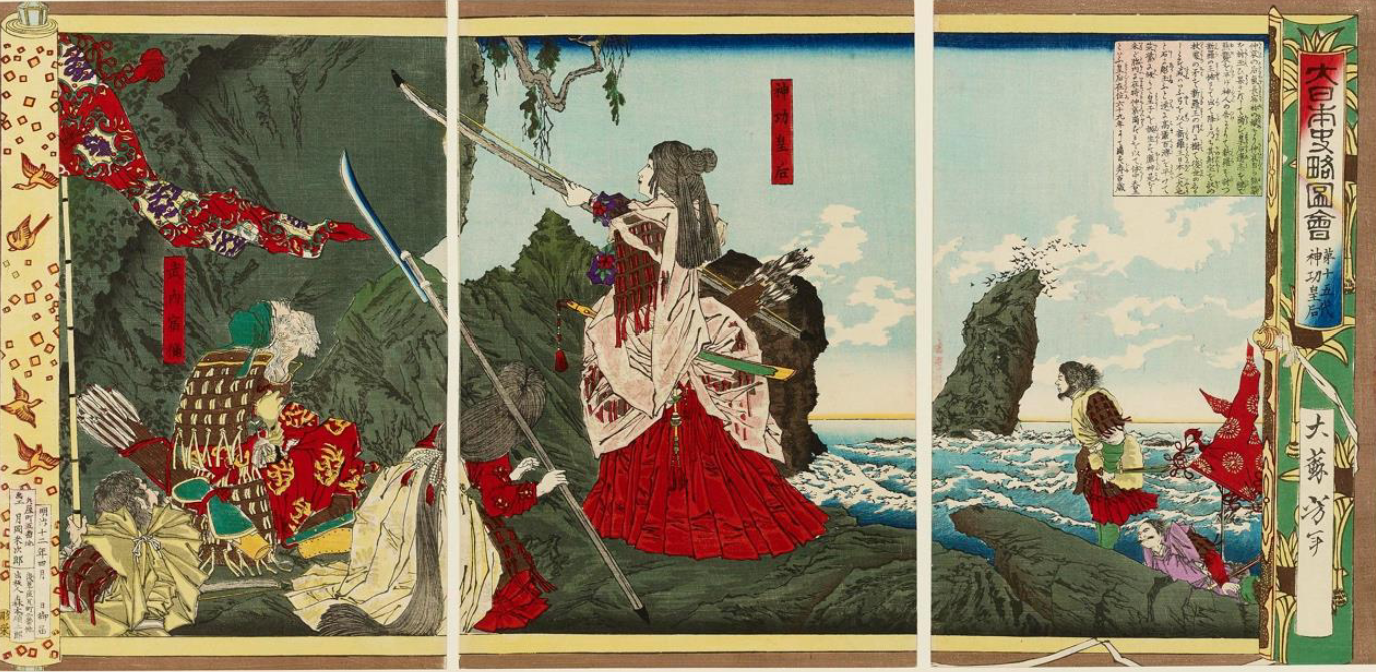The Once and Future Territory: Jingū kōgō’s Subjugation of the Korean Peninsula in Meiji Period Visual Culture
The Once and Future Territory: Jingū kōgō’s Subjugation of the Korean Peninsula in Meiji Period Visual Culture

Referentin
Dr. Sarah Rebecca Schmid (University of Zurich)
Datum und Zeit
3. Dezember 2024, 14:45 - 15:45
Ort
Rämistrasse 71, CH-8006 Zürich, Raum KOL-F-104
Inhalt
Jingū kōgō, also known as Empress Jingū, has been part of Japanese historiography at least since the compilation of the Kojiki (712) and the Nihon shoki (720). While many may not be familiar with the name today, Jingū kōgō has been a mainstay of Japanese culture for over a millennium and has historically played a significant role in Japanese perceptions of Korea. She retained this role until the first half of the 20th century, when she was used to help justify the Japanese annexation of Korea.
This talk will provide an insight into the role that visual and textual material related to Jingū kōgō (often in combination) played during the Meiji period (1868‒1912) in the run-up to the annexation of Korea. The narrative most closely associated with Jingū kōgō, namely her (legendary) subjugation of the three Korean kingdoms of Silla, Baekje and Goguryeo in the 3rd century AD, appeared on banknotes, in history textbooks, on woodblock prints, and even on votive tablets (ema) dedicated to shrines. The talk will take a closer look at the visual culture of the Meiji period and discuss the ways in which these seemingly separate forms of pictorial expression are connected to each other.
Organisation
Kunsthistorisches Institut - Kunstgeschichte Ostasiens